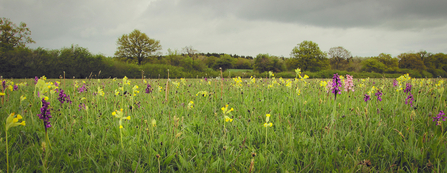Today, Berks, Bucks and Oxon Wildlife Trust (BBOWT) and the Wildlife Trust for Bedfordshire, Cambridgeshire and Northamptonshire (BCNWT) have initiated a challenge to the process whereby Highways England and the Department for Transport selected ‘Corridor B’ for the Oxford to Cambridge Expressway and associated ‘Growth Corridor’ which could include up to one million new homes.¹
Earlier this year the two Wildlife Trusts made a submission to the Highways England consultation in which we detailed our concerns about the potential environmental impact of the three ‘corridors’ that were then being proposed, and made it clear that we consider ‘Corridor B’ to be the worst option.
After making this submission, and participating in environmental stakeholder groups with Highways England, we are disappointed that the government does not seem to have considered the environment in equal balance with economic factors.
Highways England failed to commission a Strategic Environmental Assessment (SEA) or a Habitats Regulation Assessment (HRA) as part of the process of selecting a Corridor. This is required under European Law for schemes that impact on the environment such as this. This means the true environmental effect has not properly been considered and the public has been denied the opportunity to fully scrutinise the comparative economic, societal and environmental impacts of the options.

